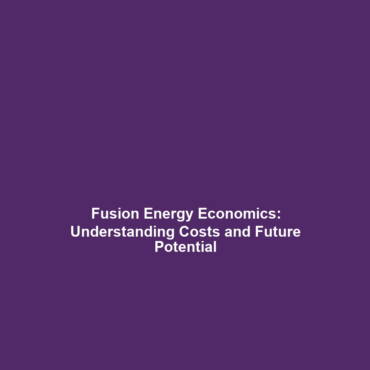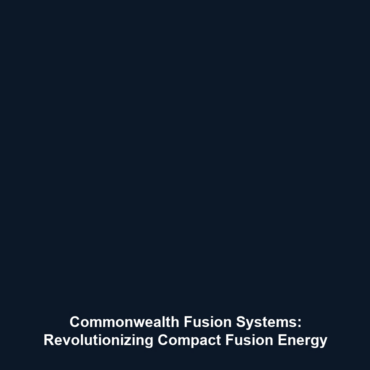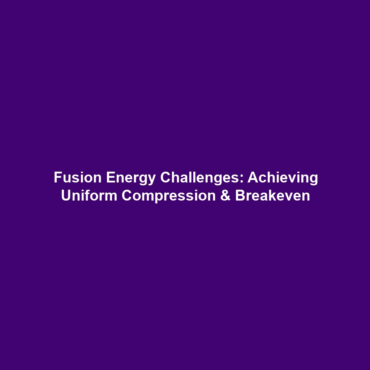Cost and Economics in Fusion Energy
Introduction
The cost and economics of fusion energy play a critical role in determining the feasibility and future deployment of this promising energy source. With the potential to revolutionize the energy landscape, understanding the economic implications of fusion technology is essential for policymakers, investors, and researchers alike. Fusion energy has the capacity to provide a nearly limitless, clean energy source, but significant financial investments are necessary to bring fusion reactors from experimental setups to commercial viability. By addressing the economic aspects of fusion, this article aims to illuminate the importance of cost considerations in advancing fusion technology.
Key Concepts in Cost and Economics
The following concepts are pivotal in understanding the cost and economic implications of fusion energy:
1. Capital Expenditure (CapEx)
CapEx includes the initial costs of constructing and commissioning fusion power plants, which can be substantial due to the advanced technology involved.
2. Operational Expenditure (OpEx)
OpEx refers to the ongoing costs associated with running fusion reactors, including maintenance, labor, and fuel supply. Reducing OpEx is crucial for the economic viability of fusion.
3. Levelized Cost of Energy (LCOE)
LCOE represents the average cost of generating electricity from a fusion plant over its lifetime, factoring in CapEx and OpEx. Achieving a competitive LCOE is vital for the attractiveness of fusion compared to other energy sources.
Applications and Real-World Uses
Understanding the cost and economics of fusion energy informs various applications, which include:
- Research Initiatives: Investments in fusion experiments provide valuable data that can enhance technology and process efficiencies.
- Energy Policy Development: Insights into the economics of fusion guide national energy policies and sustainability goals.
- Private Sector Investments: Economic analysis encourages venture capital investment in fusion research and development projects.
Current Challenges
The study and application of cost and economics in fusion energy face several challenges:
- High Initial Costs: Substantial CapEx can deter investment.
- Technological Uncertainty: Incomplete technologies may lead to unpredictable costs and timelines.
- Market Competition: Alternative energy sources may present lower LCOE, challenging the financial viability of fusion.
Future Research and Innovations
Future research in the economics of fusion energy is likely to focus on:
- Breakthrough Technologies: Innovations in hydrogen plasma containment and reactor design could drastically reduce costs.
- Enhanced Efficiency Models: Developing more precise economic models that account for variability in energy production.
- Public and Private Collaborations: Accelerated research funding and partnerships expected to foster technological advancements.
Conclusion
In summary, the cost and economics of fusion energy are pivotal in determining its future as a sustainable energy source. As investments in research continue and innovations arise, understanding and addressing these economic challenges will be critical for the commercialization of fusion energy. For further reading on the advancements in fusion technology, visit our sections on Fusion Research Initiatives and Economic Feasibility Studies.









